Lipids are an essential group of biomolecules that play a crucial role in maintaining good health. They are diverse and include fats, oils, and cholesterol, each contributing to our body’s energy requirements. One common question people ask is about the calorie content of lipids, specifically how many calories they provide per gram. Understanding this concept is vital for making informed dietary choices, especially for individuals looking to manage their weight, muscle mass, or overall energy intake.
In this article, we’ll explore how many kcal per gram lipids contain, what role they play in your diet, and how they differ from other macronutrients in terms of energy contribution.
What Are Lipids and Why Are They Important?
Lipids in the Body
Lipids are a broad category of organic compounds, mainly consisting of fats, oils, and triglycerides. These molecules are hydrophobic (do not dissolve in water) and serve a range of functions in the body, including energy storage, insulation, and serving as building blocks for cell membranes.
The Role of Lipids in Your Diet
Beyond providing energy, lipids are also crucial for the absorption of fat-soluble vitamins (A, D, E, and K), hormone production, and maintaining the integrity of cellular structures.
Lipids Contain Kcal Per Gram: Understanding the Energy Content
How Many Kcal Per Gram Do Lipids Contain?
Lipids are one of the most calorie-dense macronutrients. For every gram of lipid, you can expect approximately 9 kcal (kilocalories) of energy. This high energy density makes lipids an efficient way for the body to store and release energy when needed.
Comparison with Other Macronutrients
- Carbohydrates: Provide 4 kcal per gram
- Proteins: Also provide 4 kcal per gram
- Lipids (Fats and Oils): Provide 9 kcal per gram
This difference means that lipids provide more than double the energy per gram compared to carbohydrates and proteins.
Lipid Calories: Energy Storage and Use in the Body
Calories from Lipids in Your Diet
When you consume food containing lipids, those calories are stored in your body as fat, primarily in adipose tissue. This stored fat serves as a long-term energy reserve, which the body taps into during periods of fasting or prolonged physical activity.
How the Body Uses Lipid Calories
When the body requires energy, enzymes break down triglycerides into free fatty acids and glycerol, which then enter the bloodstream and are transported to muscles and other tissues where they can be used for fuel.
The Difference Between Lipid Kcal and Carbohydrate Kcal
Energy Density Comparison
As mentioned earlier, lipids provide 9 kcal per gram, making them a dense source of energy. This is a stark contrast to carbohydrates, which only provide 4 kcal per gram.
What This Means for Your Diet
Understanding the calorie density of lipids is essential when considering your overall caloric intake. If you’re looking to increase your energy intake, incorporating more lipids into your diet could be an efficient way to do so. On the other hand, if you’re trying to reduce calories, you might consider limiting high-fat foods since they contain a significant amount of kcal per gram.
Are All Lipids Equal in Terms of Calories?
Different Types of Lipids
Not all lipids are created equal, and their effects on health can vary significantly. The calorie content remains relatively consistent across different types of lipids, with most containing around 9 kcal per gram. However, the type of fat (unsaturated vs. saturated) influences health outcomes.
- Unsaturated fats (found in olive oil, avocados, and fish) are considered heart-healthy and provide the same calorie density as other fats.
- Saturated fats (found in red meat and butter) can contribute to higher cholesterol levels and are best consumed in moderation.
- Trans fats, which are often found in processed foods, are the least healthy and should be avoided when possible.
The Role of Lipid Calories in Weight Management
How Calories from Lipids Affect Your Weight
Understanding the lipid kcal per gram is key for managing your weight. Since lipids are calorie-dense, eating foods high in fat can lead to an increase in overall calorie intake. However, lipids are also satiating and help regulate hunger, which can be beneficial for some people trying to control their appetite.
Balancing Lipid Intake
For weight management, it’s essential to balance your intake of lipids with other macronutrients. While lipids provide essential fatty acids and help with nutrient absorption, consuming too many lipids can lead to an excessive caloric intake, potentially leading to weight gain.
The Impact of Lipid Kcal on Your Metabolism
How the Body Processes Lipids
Once you consume lipids, the body breaks them down into fatty acids. These fatty acids are transported to various tissues where they can either be stored for future use or burned for energy. Since lipids are metabolized more slowly than carbohydrates, they provide a steady, long-term energy source.
Metabolism and Lipid Breakdown
Fat cells in the body store excess lipids until they are needed for energy. When required, hormones like insulin and glucagon regulate the breakdown of stored fats into free fatty acids that can be used for energy. The body prefers to use carbohydrates for quick energy, but lipids serve as a backup, providing steady fuel for prolonged periods.
How Lipid Calories Contribute to Daily Energy Requirements
Calculating Your Daily Lipid Intake
It’s recommended that lipids account for about 20-35% of your total daily caloric intake, according to guidelines from health organizations. If you consume around 2,000 calories a day, this would equate to about 400-700 kcal from lipids, or approximately 44-78 grams of fat.
Factors That Affect Lipid Needs
Your lipid requirements may vary based on your activity level, age, sex, and specific health goals. Athletes or individuals engaging in high-intensity physical activities may need more lipids for sustained energy, while others aiming for weight loss might need to reduce their fat intake.
Best Sources of Healthy Lipid Calories
Healthy Fats to Include in Your Diet
To get the most benefit from lipid calories, focus on incorporating healthy sources of fat, such as:
- Olive oil and avocado oil (rich in monounsaturated fats)
- Nuts and seeds (rich in both monounsaturated and polyunsaturated fats)
- Fatty fish like salmon, mackerel, and sardines (rich in omega-3 fatty acids)
Foods to Limit
While fats are an essential part of a balanced diet, it's crucial to limit unhealthy sources of fats, like:
- Trans fats found in many processed foods
- Saturated fats from animal sources like butter and fatty meats
Conclusion: Balancing Lipid Calories in Your Diet
Understanding the energy contribution of lipids is essential for making informed dietary decisions. Lipids provide 9 kcal per gram, making them a concentrated source of energy. When consumed in moderation and balanced with other macronutrients, lipids can contribute to a healthy diet and provide long-lasting energy. By choosing healthy fat sources and controlling portion sizes, you can optimize your lipid intake for better overall health.
Frequently Asked Questions
1. How many kcal per gram do lipids contain?
Lipids contain approximately 9 kcal per gram, making them a highly energy-dense macronutrient.
2. What is the difference between lipid calories and carbohydrate calories?
Lipids provide 9 kcal per gram, while carbohydrates provide only 4 kcal per gram, making lipids a more concentrated source of energy.
3. Are all lipids equal in terms of calories?
While most lipids provide the same amount of calories per gram (9 kcal), the type of lipid (unsaturated, saturated, or trans fat) can affect its health impact.
4. Can I lose weight while consuming lipids?
Yes, lipids can be part of a weight loss plan when consumed in moderation and balanced with other nutrients. However, consuming too many lipids can lead to an excess of calories and potential weight gain.
5. How do lipids affect my metabolism?
Lipids are metabolized more slowly than carbohydrates, providing a steady and long-lasting energy source for the body.
6. What are the best sources of lipid calories?
Healthy sources of lipid calories include avocados, olive oil, nuts, seeds, and fatty fish like salmon and mackerel.




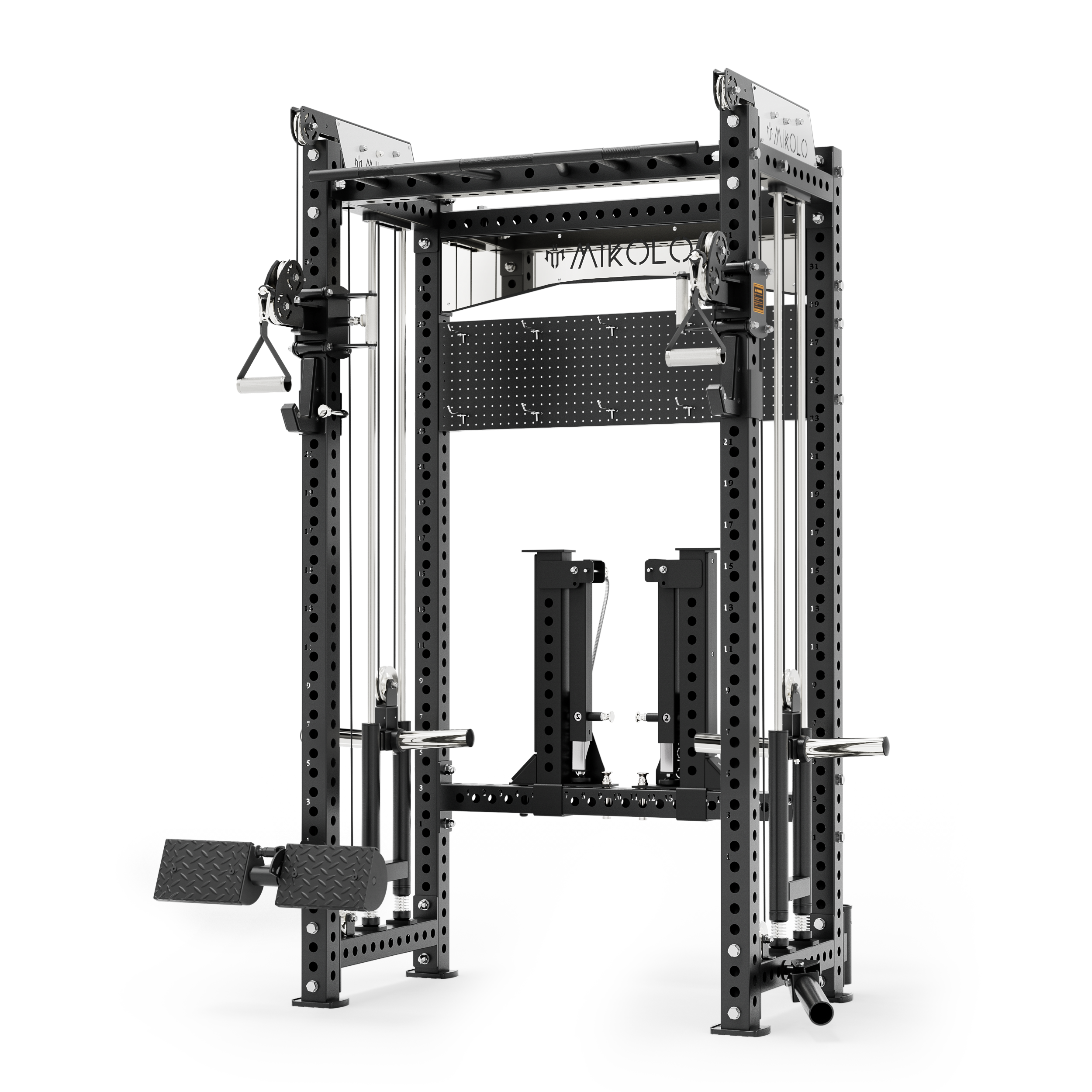













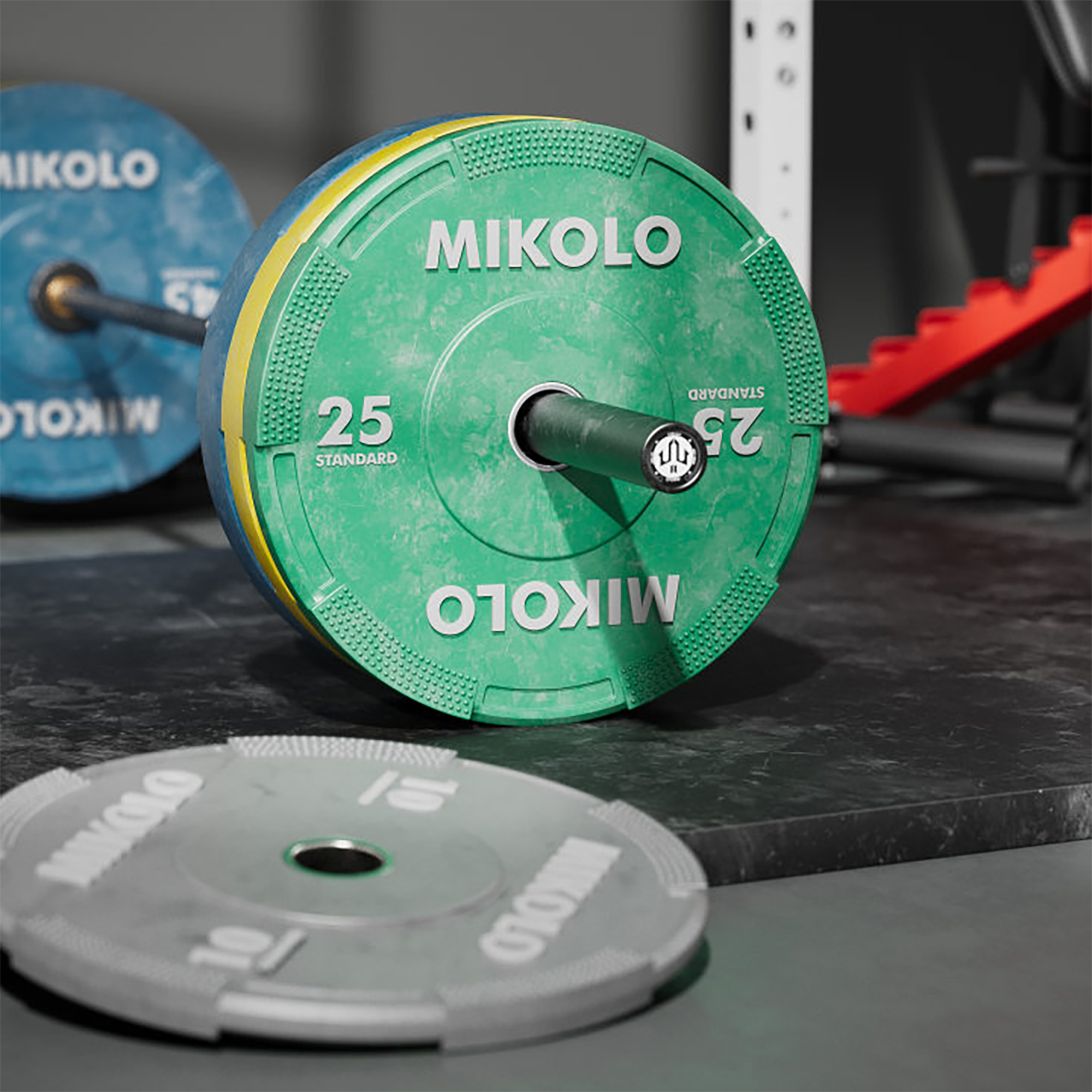



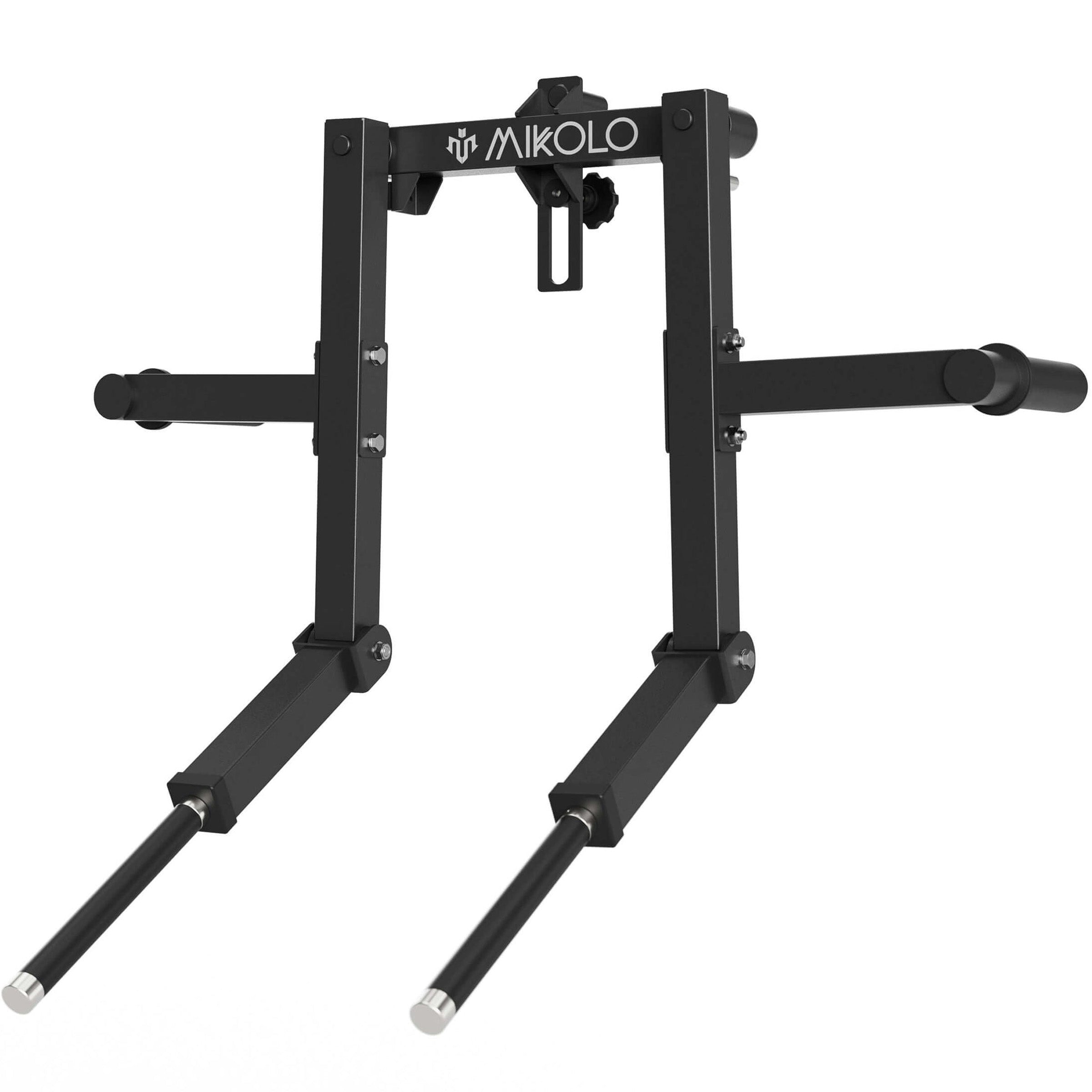
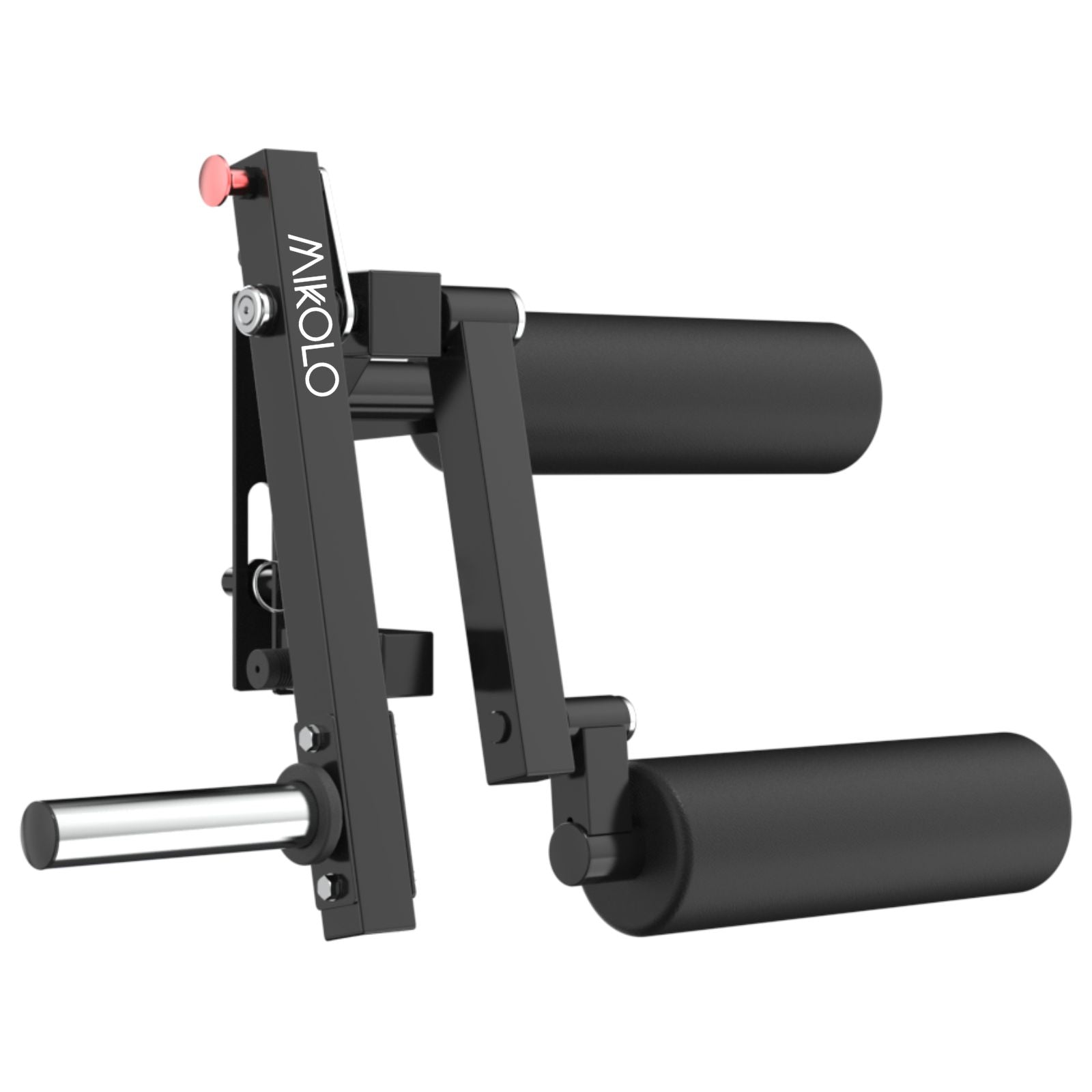
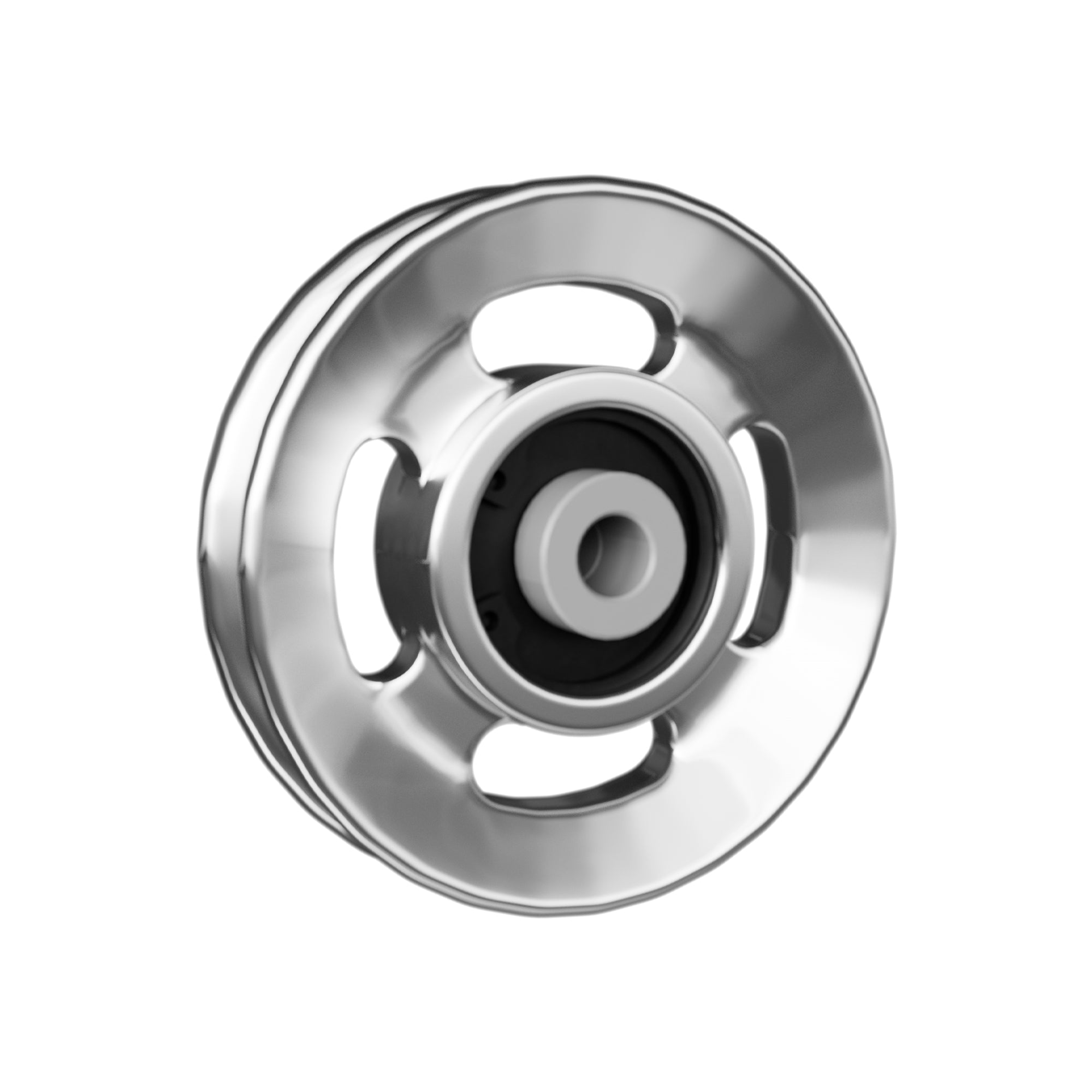



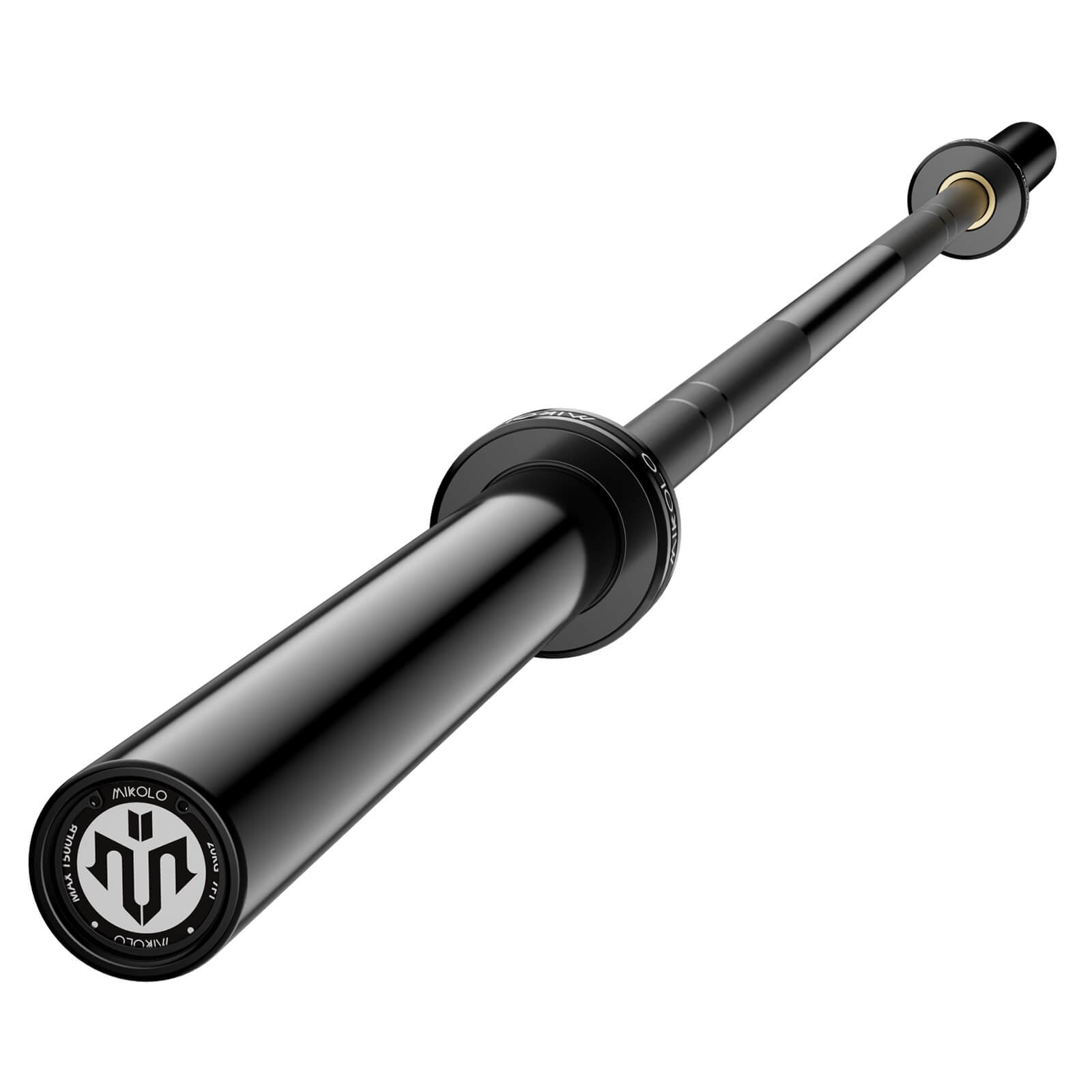
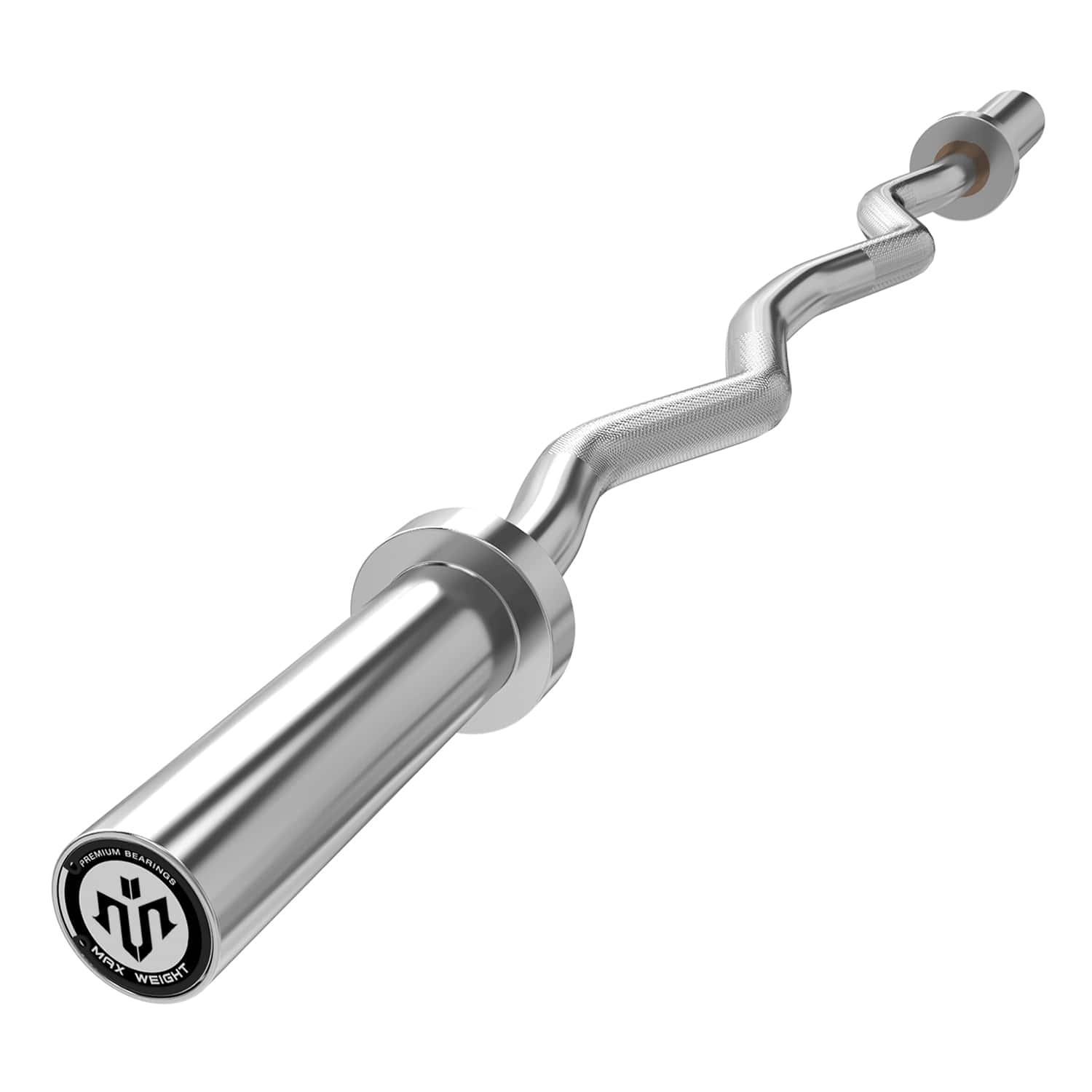
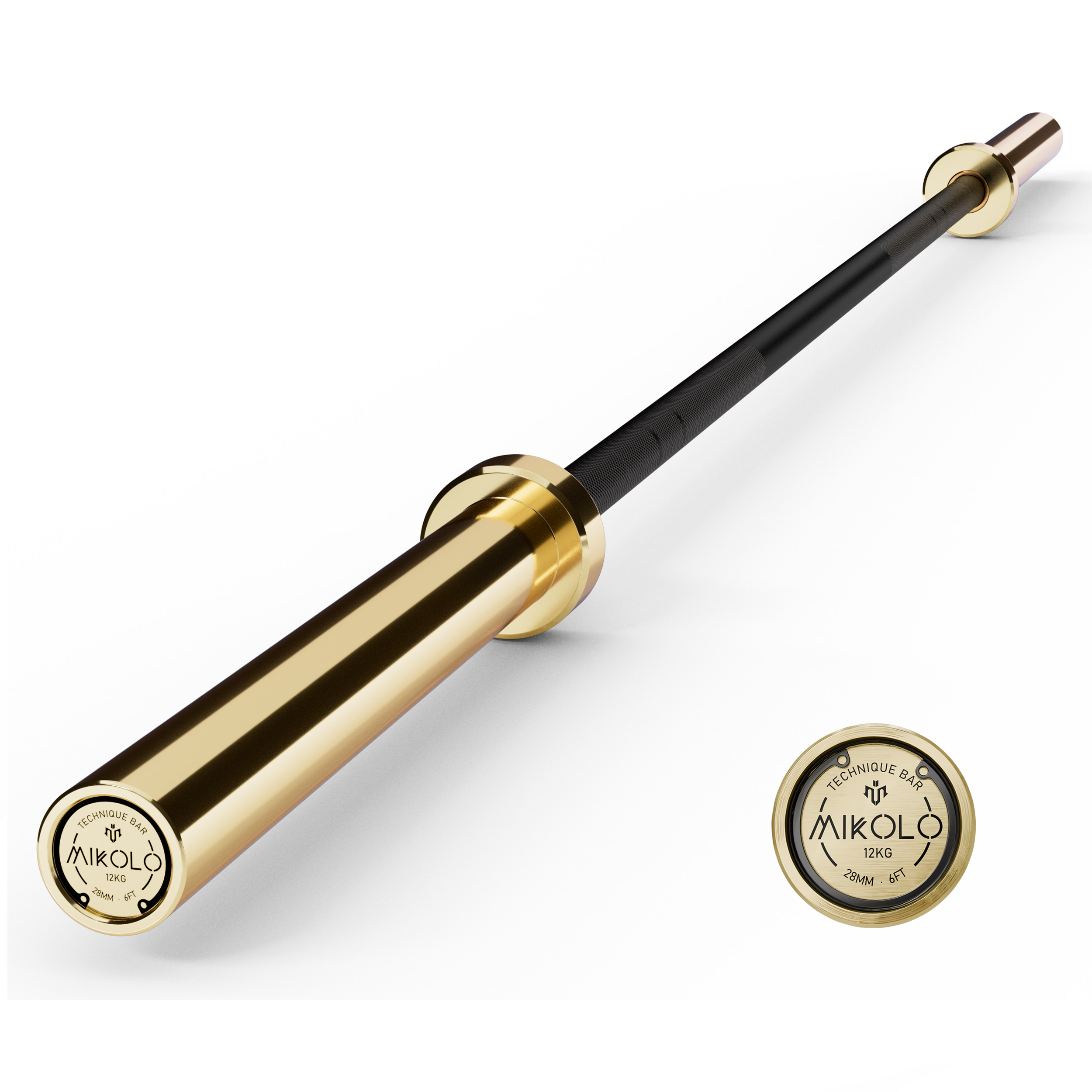
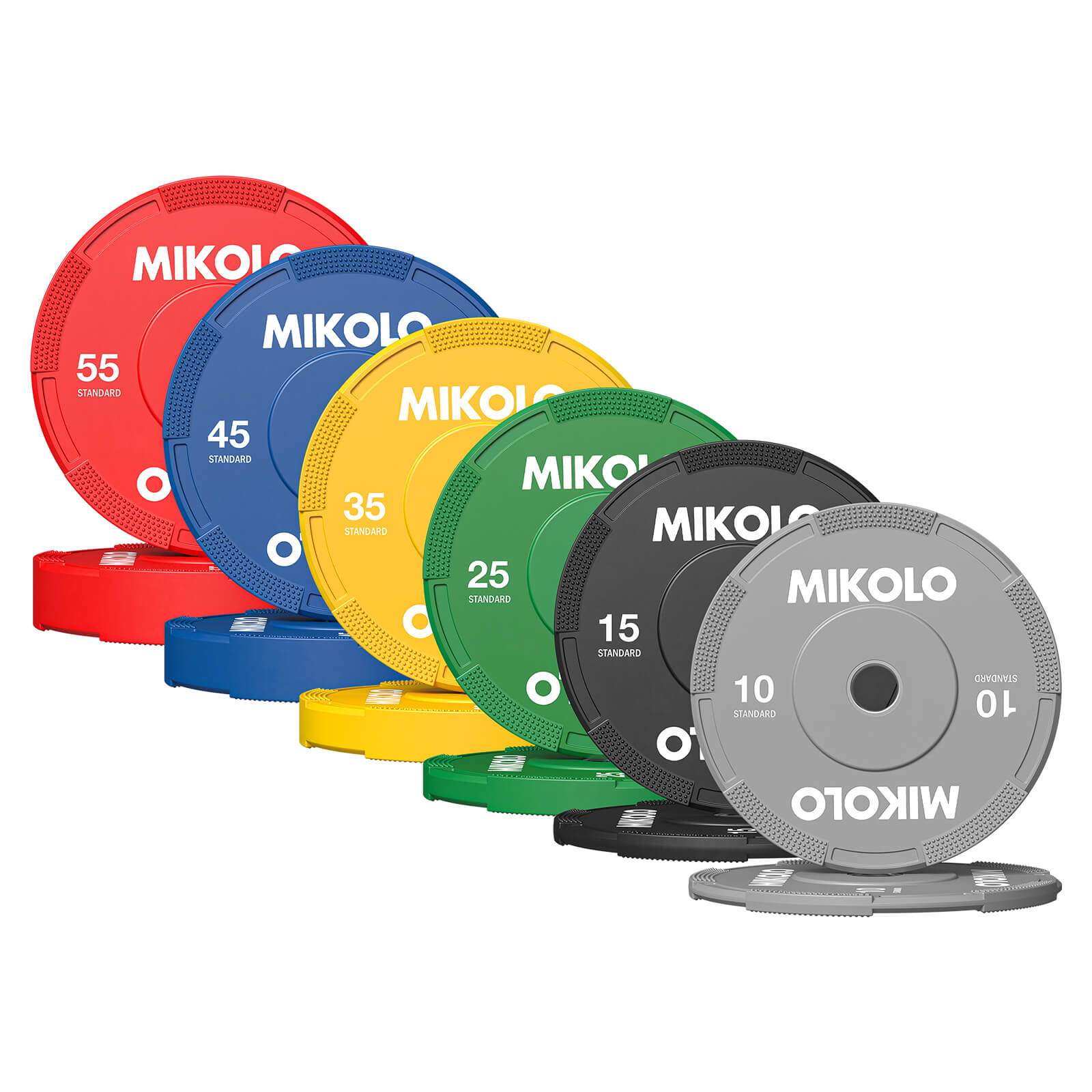
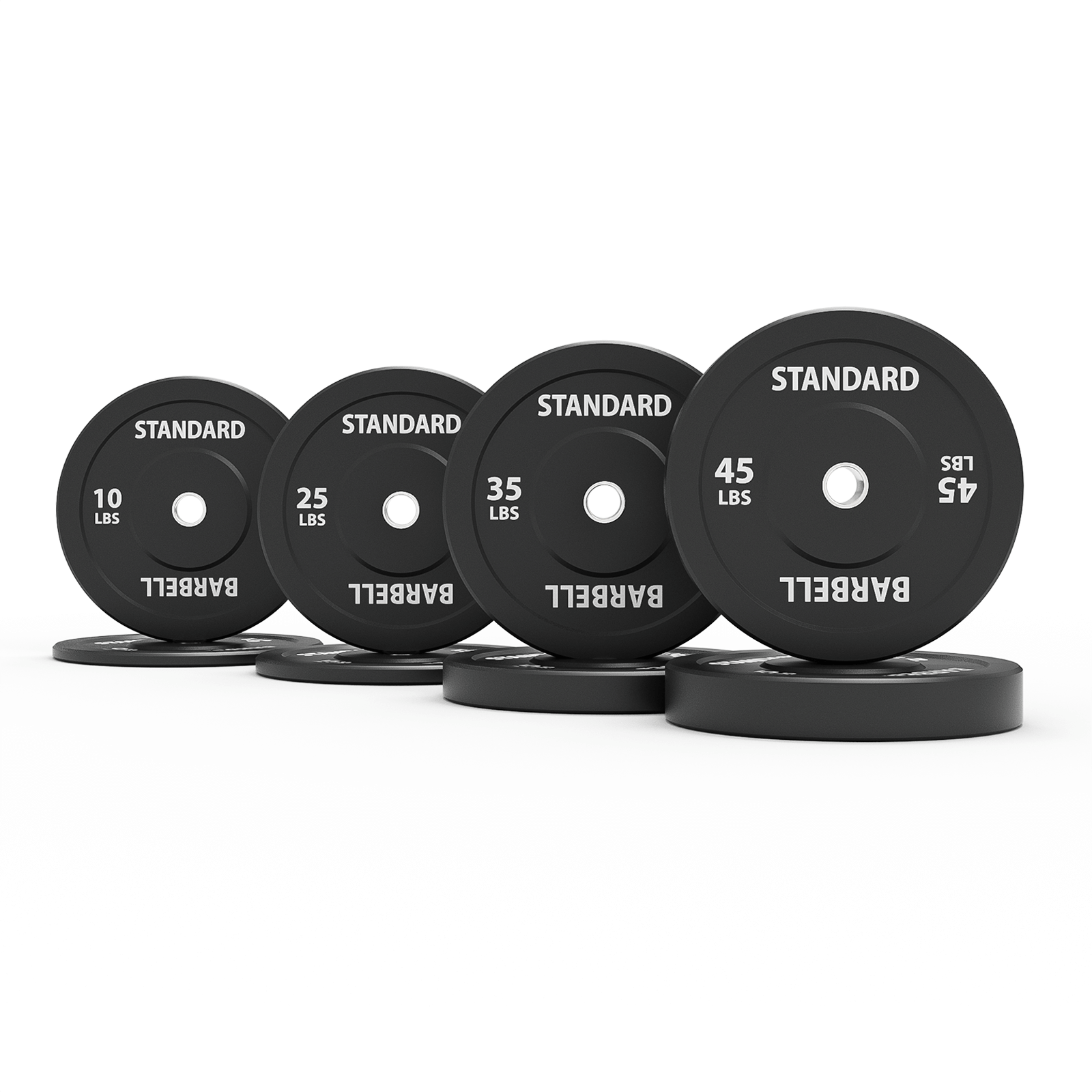
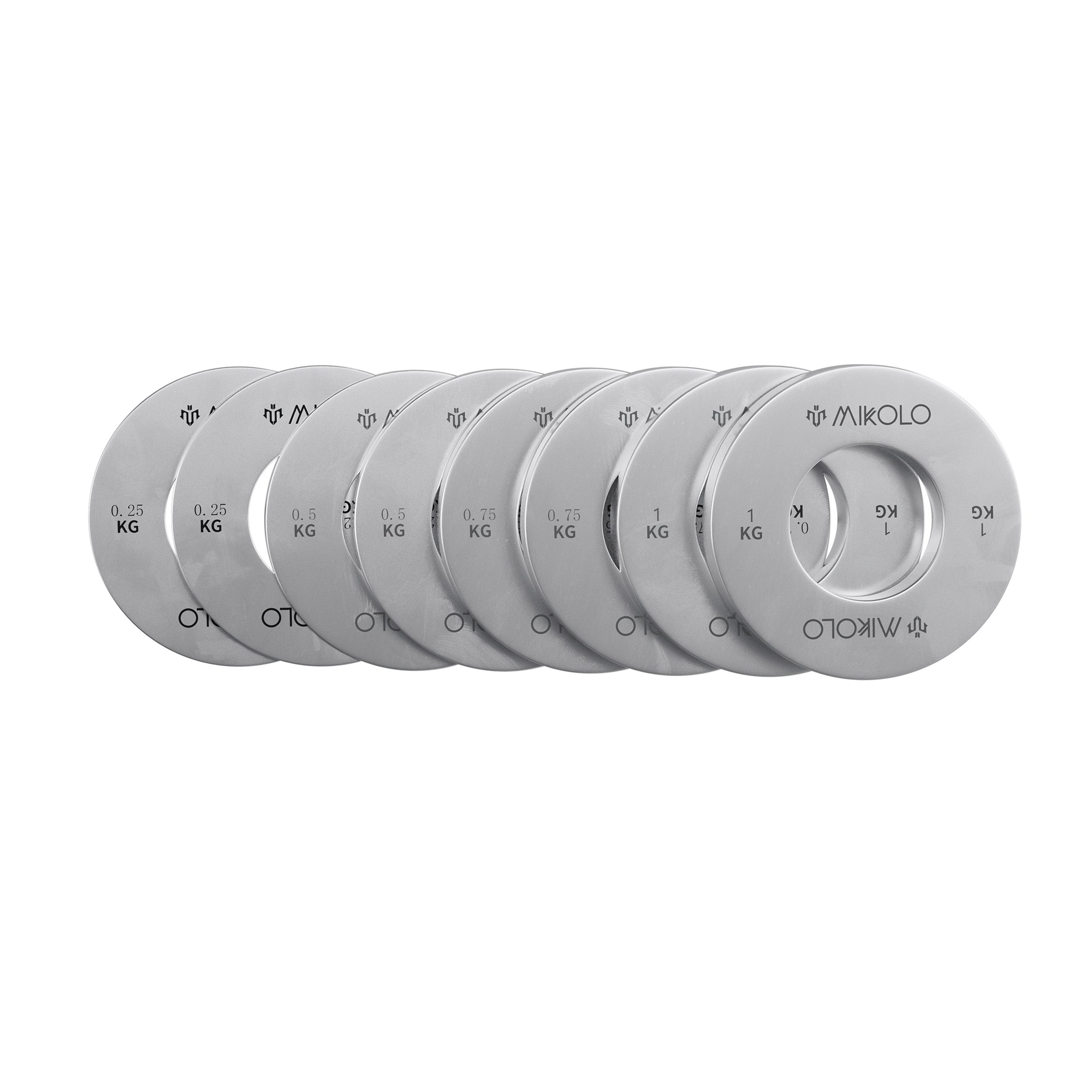

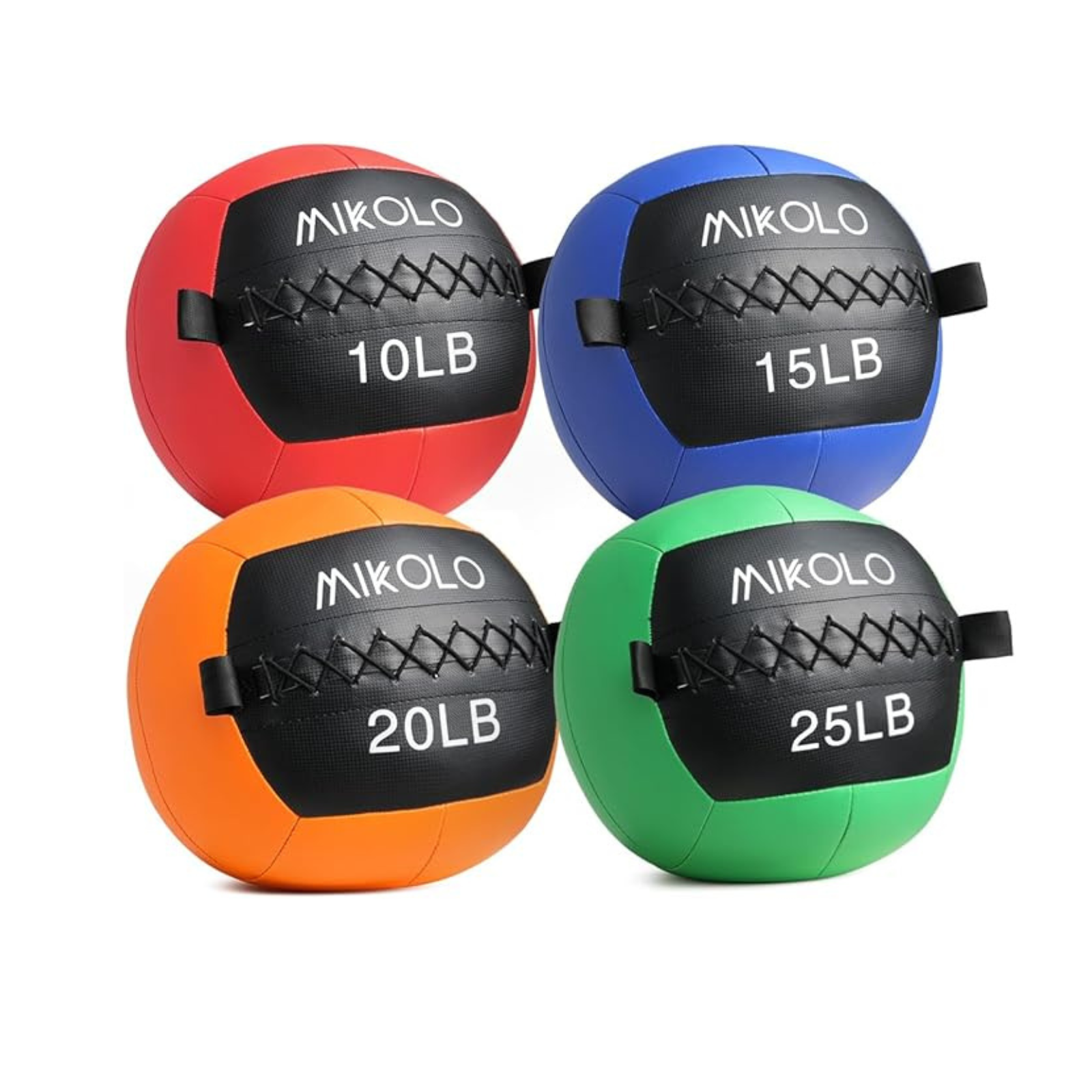
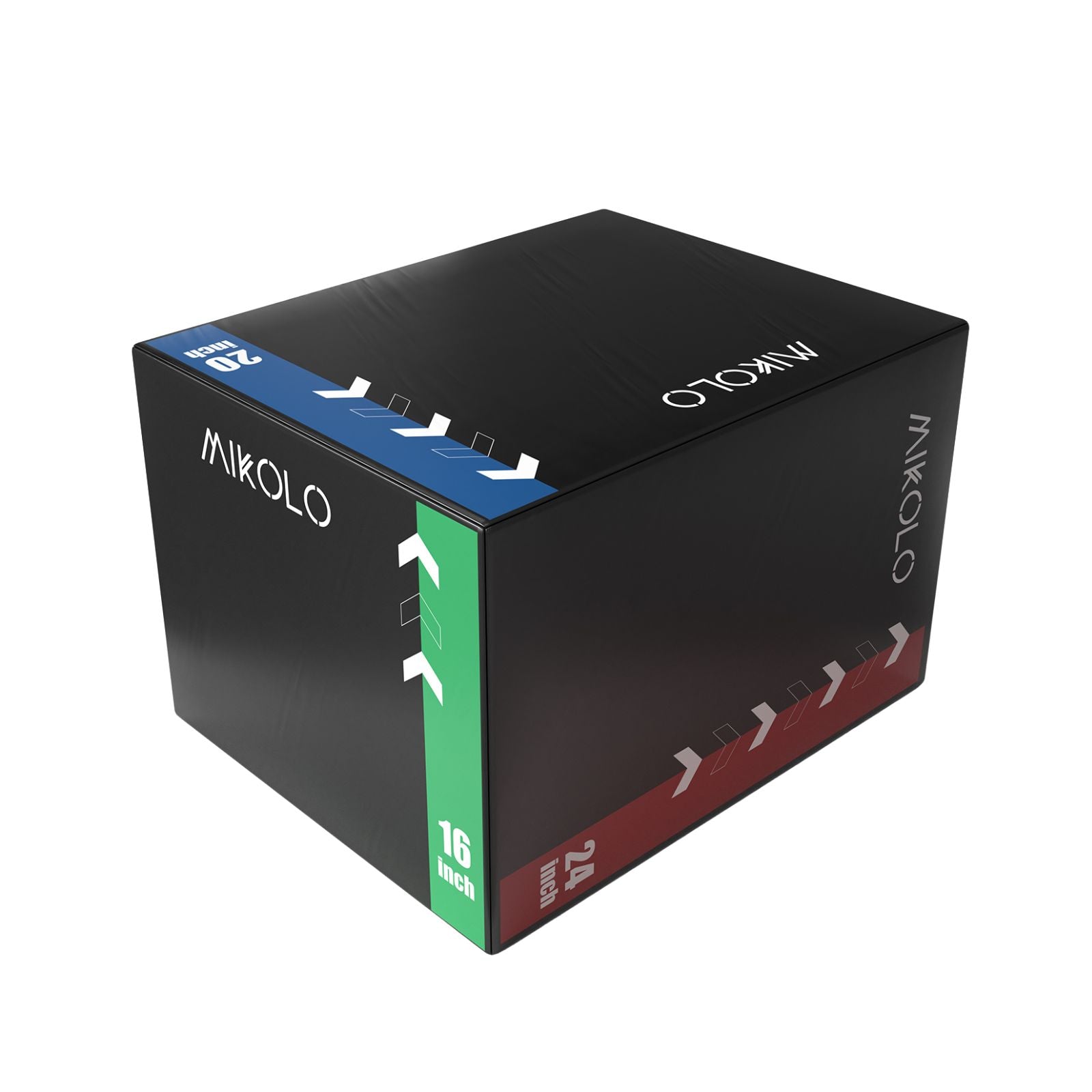






Leave a comment
This site is protected by hCaptcha and the hCaptcha Privacy Policy and Terms of Service apply.